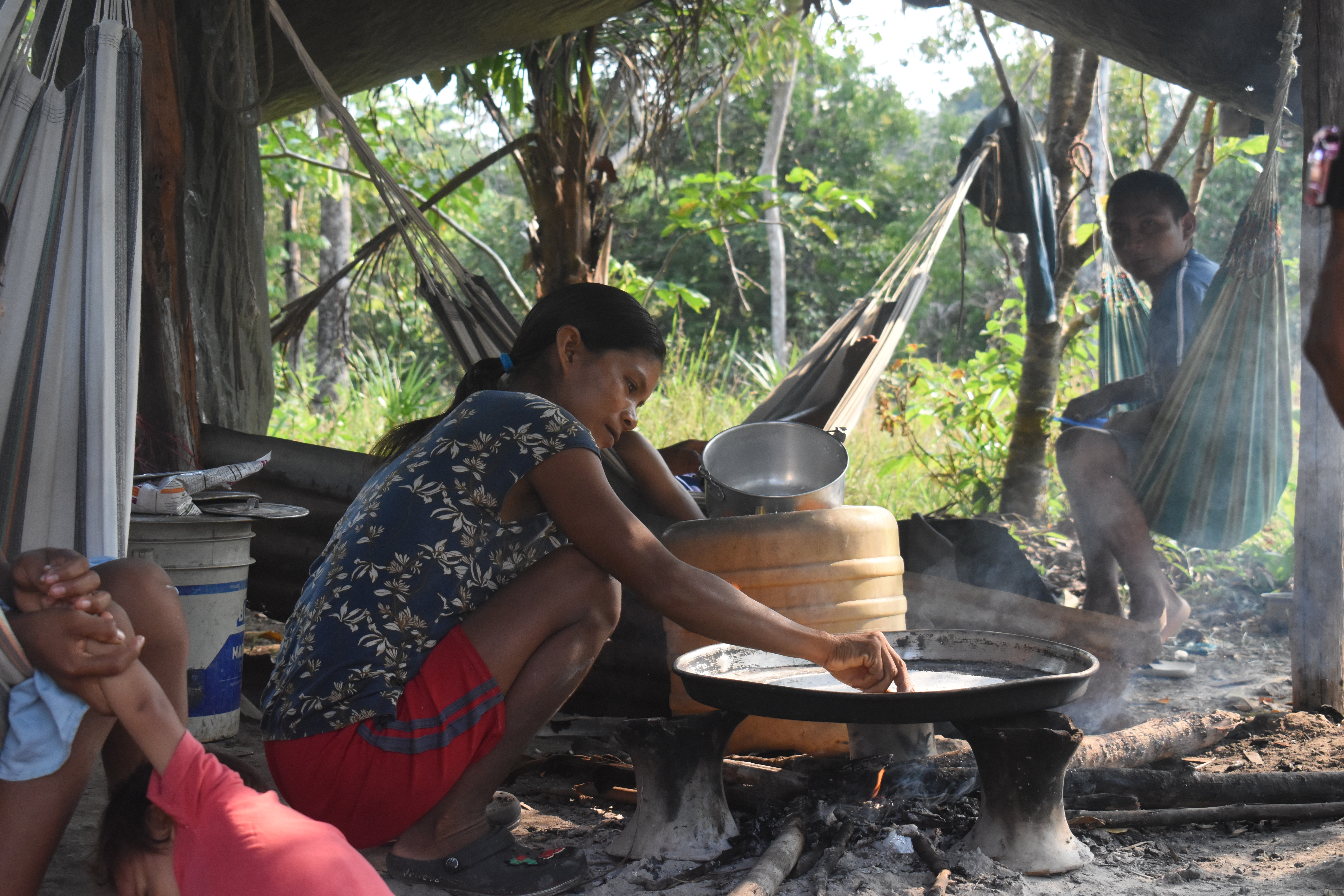Embarking on a six-week expedition through the dense and untamed jungles of Colombia’s Vaupés region into Brazil’s vast Amazonas was a journey that tested my limits, reshaped my perceptions, and immersed me in the vibrant tapestry of local cultures and landscapes. Joined by a journalist for the initial five days, we meticulously documented our adventure, capturing the essence of this extraordinary experience.
Vaupés and Mitú
Before delving into the expedition itself, it's essential to understand the backdrop against which this adventure unfolded. The Vaupés region is a remote and stunning area in southeastern Colombia, characterized by its dense rainforests, winding rivers, and rich indigenous culture. The small enclave town of Mitú, the capital of Vaupés, served as our starting point.
Mitú is unlike any border town I've encountered in Colombia. Nestled in the heart of the Amazon rainforest, the town is remarkably clean and orderly, a stark contrast to the often chaotic nature of border settlements. With temperatures regularly exceeding 35 degrees Celsius and humidity levels soaring above 85%, the climate is intense, yet it adds to the town's unique charm. The population is predominantly indigenous, with few Afro-Colombians or white Colombians. Interestingly, the main businesses in town, including hotels, pharmacies, small stores, and a restaurant, are operated by a family that relocated from Medellín.
Preparation and Challenges
Our journey began with meticulous planning. The journalist who followed me for the initial phase helped document our preparations and the first leg of the expedition. With a dugout canoe purchased for $150, we were ready to navigate the labyrinthine waterways. The plan was simple yet ambitious: to canoe down the Rio Negro and immerse ourselves in the heart of the Amazon.
The Unexpected Turn: From Canoeing to Hitchhiking
As with any true adventure, our plans quickly evolved. The Rio Negro, with its strong currents and unpredictable conditions, proved more challenging than anticipated. After a few days of paddling, it became evident that hitchhiking from village to village would be a more viable option. This shift not only provided relief from the grueling task of paddling but also opened opportunities to engage deeply with the local communities we encountered.
The Capsize
One of the most harrowing moments of the expedition occurred when our boat capsized. The swift current flipped our canoe, and we found ourselves swimming for dear life. Thankfully, our prior preparation paid off. Our gear was securely packed and floated safely, with the exception of a machete that was lost to the depths of the river. The locals watched us with a mix of amusement and bewilderment, likely considering us a pair of crazies for attempting such a journey.
A Turning Point
In one small community, our luck took a turn for the better. We met a preacher who was not only a guiding light but also a key figure in the next phase of our journey. This man, who had escaped from the FARC rebels years before the peace agreement in Colombia, had transformed his life and was now a pillar of his community. His story was both riveting and inspiring, a testament to resilience and the power of redemption.
A Week of Waiting
Under the preacher’s guidance, we arranged for a local boat captain who knew the river intimately. However, this process required patience. We ended up staying in the community for a week, a delay that turned into a rich cultural exchange. The preacher and his family welcomed us warmly, introducing us to local cuisine and customs. Each meal was a celebration of flavours, from fresh fish caught in the river to exotic fruits we had never tasted before. This week of immersion offered a profound understanding of the local way of life, far removed from the chaos of modern civilization.

Foreseeing Eventualities
As we prepared to embark on the next phase of our journey, I couldn't help but anticipate the potential challenges that lay ahead. The Amazon is a land of unpredictability, and we had to be ready for anything.
**Robbery:** Traveling through remote areas can attract unwanted attention. We took precautions to keep our valuables hidden and travelled light to minimize potential losses. Trusting local guides and staying within known routes and communities were crucial for our safety. (it happened)
**Abandonment:** The reliance on local guides and boat captains brought its own risks. We made contingency plans in case we were left stranded. Carrying sufficient supplies, a satellite phone, and having a clear understanding of our route and the locations of nearby communities provided some security. (it happened)
**Tropical Diseases:** The Amazon is home to numerous tropical diseases. We took all necessary vaccinations before our journey and carried medical supplies, including anti-malarial medication and insect repellent. Regular health checks and maintaining good hygiene were paramount to avoid illness. (it happened)
The Journey Has Yet to Begin
As we waited for our arrangements to finalize and for the true expedition to begin, I reflected on the myriad experiences and encounters that had already shaped this adventure. The initial two weeks were filled with unforeseen challenges, profound connections, and invaluable lessons. The preacher’s story, in particular, stood out as a symbol of hope and transformation, a reminder that even in the most remote corners of the world, humanity’s capacity for change and growth is boundless.
What made this expedition even more remarkable was the realization that these events took place only during the first two weeks of being in-country. The true essence of our adventure was yet to unfold. The experiences so far were merely a prelude to the six-week journey that lay ahead, a journey through the heart of the Amazon that promised to be as unpredictable as it was unforgettable. And as we moved forward, the real expedition was beginning.
